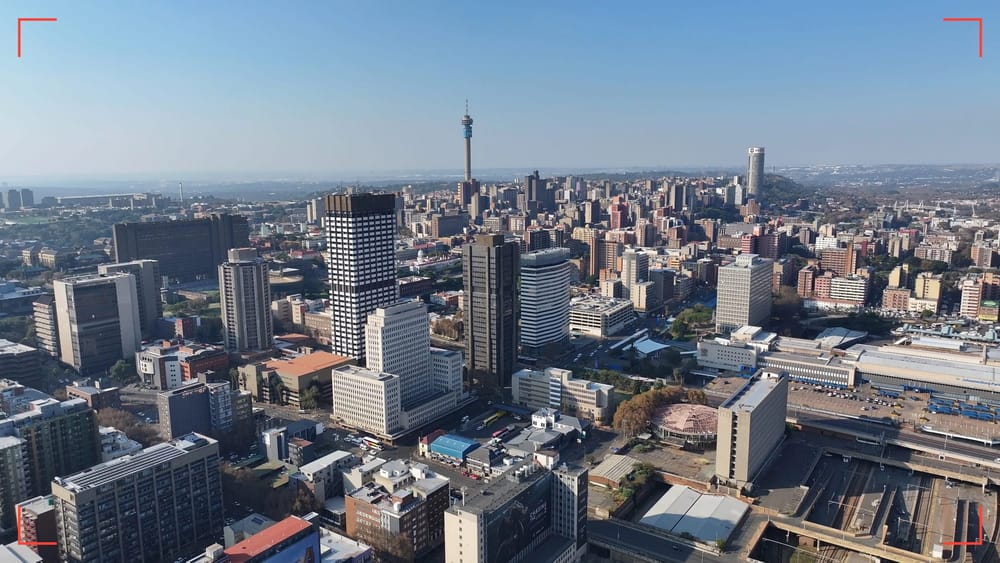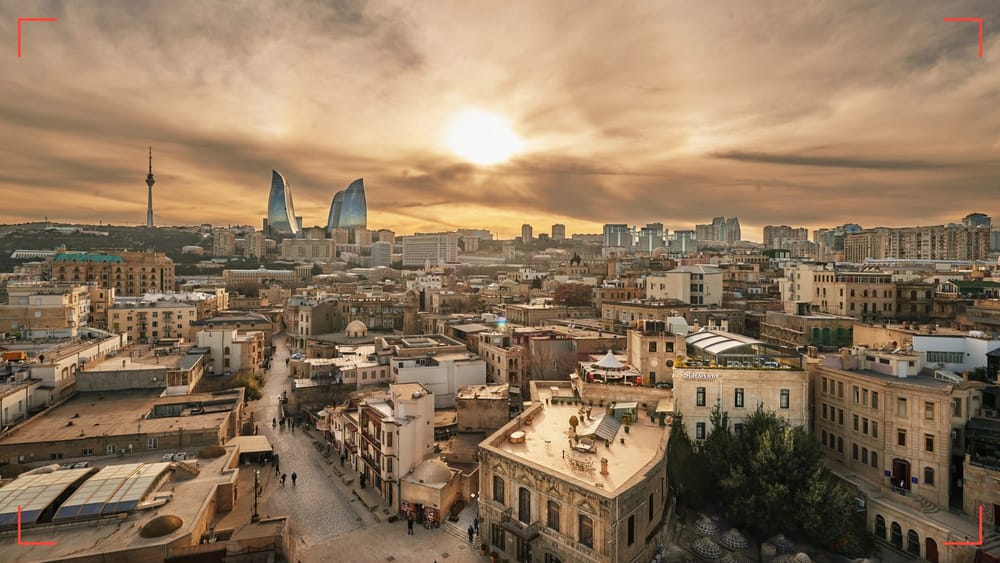Europe-Eurasia - Eurasia RegionalPULSE: 03 OCT 2025
Geopolitical & Security Analysis Regional Report

Report Details
Initial Publish Date
Last Updated: 03 OCT 2025
Report Focus Location: Eurasia
Authors: JH, MA, SZ
Contributors: GSAT
GSAT Lead: MF
RileySENTINEL provides timely intelligence and in-depth analysis for complex environments. Our global team blends international reach with local expertise, offering unique insights to navigate challenging operations. For custom insights or urgent consultations, contact us here.
Report Summary
This study presents a thorough examination of the current geopolitical and security environment throughout Europe-Eurasia, with an emphasis on high-profile developments in Eurasia.
- Energy as a strategic driver: Eurasia is strengthening its role as a key energy hub. Major deals include Kazakhstan’s new gas supply agreement with Gazprom, Azerbaijan’s partnership with Saudi Arabia on the largest wind plant in the Caucasus, Uzbekistan’s $100M investment in Afghan gas, and Italy’s purchase agreement for Caucasus energy. These underscore energy’s dual role as both an economic engine and a diplomatic tool connecting the region with Europe, Russia, and Asia.
- U.S. deepens economic footprint: Washington has markedly increased engagement, with U.S. companies securing rare earth exploration in Kazakhstan, multi-billion-dollar locomotive purchases by Kazakhstan, and Boeing aircraft orders by Uzbekistan. These moves aim to reduce U.S. dependence on China for critical minerals and position America as an alternative to Russian and Chinese influence in Central Asia.
- Russia under pressure but entrenched: Despite its war in Ukraine and growing sanctions, Moscow maintains leverage through gas deals, CSTO military exercises, and political influence. Border incidents, cyber threats, and Russia’s aerial strike on Eastern Ukraine highlight Moscow’s destabilizing role but also its ongoing military dominance in the region.
- China consolidates influence through institutions: Tajikistan’s judicial cooperation programs and transport agreements with China signal Beijing’s continued expansion of institutional and economic ties. While less visible than Russia’s military presence or U.S. investment pushes, China’s approach strengthens long-term influence across governance and infrastructure sectors.
- Border insecurity persists: Incidents at the Tajikistan-Afghanistan and Uzbekistan-Kyrgyzstan borders reveal flashpoints where local disputes risk escalation. While recent cases were contained diplomatically, they highlight fragile fault lines linked to resources, historical grievances, and regional rivalries. NGOs and businesses operating near these areas face continued exposure to sudden flare-ups.
- Tourism as a growth vector: Both Turkey and Uzbekistan are leveraging tourism as an economic stabilizer. Turkey expects a record 65M visitors in 2025, aided by infrastructure upgrades and smart-city initiatives. Uzbekistan’s $50M Chartak Reservoir tourist complex signals diversification away from commodity dependence.
- Regional cooperation trends: Initiatives such as Turkmenistan’s trilateral talks with Azerbaijan and Uzbekistan, and defense collaborations through CSTO and the Shanghai Cooperation Organization, show that despite rivalries, regional governments are investing in economic, security, and humanitarian cooperation to bolster resilience.
Remaining content is for members only.
Please become a free member to unlock this article and more content.
Subscribe Now







